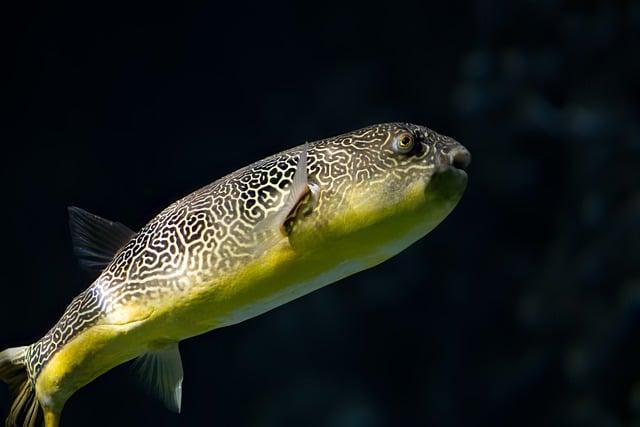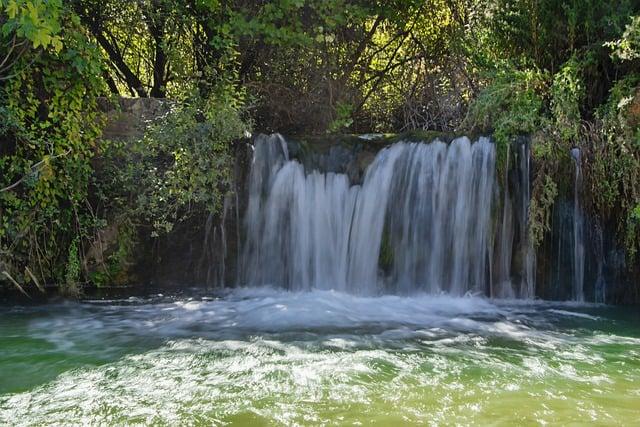As the first snowflakes danced from the sky, Mia stood in front of a wall of jackets, each one whispering promises of warmth. She picked up a vibrant blue one, its fabric shimmering like ice. But how could she tell if it was meant for skiing? She examined the seams—sealed tight against the elements. The pockets were deep, perfect for stashing snacks. A snow skirt hugged the waist, ready to keep the cold at bay. With a grin, she slipped it on, imagining the rush of the slopes. This jacket was not just fabric; it was her ticket to adventure.
Table of Contents
- Understanding the Essential Features of Ski Jackets
- Evaluating Insulation and Breathability for Optimal Performance
- Recognizing Waterproofing and Windproofing Technologies
- Assessing Fit and Mobility for Enhanced Comfort on the Slopes
- Q&A

Understanding the Essential Features of Ski Jackets
When selecting a ski jacket, it’s crucial to look for specific features that enhance performance and comfort on the slopes. **Waterproofing** is paramount; a jacket should have a high waterproof rating, often measured in millimeters, indicating its ability to withstand moisture. Additionally, **breathability** is essential to prevent overheating during intense activity. Look for jackets with a breathability rating, which allows sweat to escape while keeping you dry. Other important features include:
- Insulation: Adequate insulation helps maintain body warmth in cold conditions.
- Sealed seams: These prevent water from seeping through the stitching.
- Adjustable cuffs and hems: These allow for a customizable fit, keeping snow out.
- Ventilation zippers: These provide airflow when needed, especially during strenuous skiing.
Moreover, consider the jacket’s **fit and mobility**. A ski jacket should allow for a full range of motion, accommodating layers underneath without feeling restrictive. Features like a **snow skirt** can help keep snow out during falls, while **pockets** designed for ski passes and goggles add convenience. Lastly, **reflective elements** enhance visibility in low-light conditions, ensuring safety on the slopes. By focusing on these essential features, you can confidently choose a ski jacket that meets your needs and enhances your skiing experience.

Evaluating Insulation and Breathability for Optimal Performance
When selecting a ski jacket, it’s essential to assess its insulation and breathability to ensure you stay warm and comfortable on the slopes. **Insulation** is typically measured in grams, indicating how much warmth the jacket can provide. Look for jackets with materials like down or synthetic insulation, which offer excellent warmth-to-weight ratios. A jacket with at least 100 grams of insulation is generally suitable for most skiing conditions, but for extreme cold, consider options with 200 grams or more. Additionally, pay attention to the **jacket’s construction**; features like baffled designs can enhance insulation by preventing cold spots.
Equally important is the jacket’s **breathability**, which allows moisture from sweat to escape while keeping cold air out. This is measured in grams per square meter (g/m²) and indicates how well the fabric can wick away moisture. A breathable jacket will help regulate your body temperature, preventing overheating during intense skiing sessions. Look for jackets with a breathability rating of at least 10,000 g/m² for optimal performance. Other features to consider include **ventilation zippers** under the arms or on the back, which can provide additional airflow when needed, ensuring you remain comfortable throughout your skiing adventure.

Recognizing Waterproofing and Windproofing Technologies
When evaluating a jacket for skiing, understanding the technologies that keep you dry and warm is essential. Look for **waterproofing** features, which are typically indicated by a specific rating, often measured in millimeters. A higher rating means better resistance to water penetration. Common materials used for waterproofing include Gore-Tex, eVent, and proprietary fabrics from various brands. These materials not only repel water but also allow moisture from sweat to escape, keeping you comfortable during intense activities. Additionally, check for sealed seams, as these prevent water from seeping through the stitching, enhancing the jacket’s overall waterproof capabilities.
Equally important is **windproofing**, which protects you from chilling winds that can quickly lower your body temperature on the slopes. Look for jackets that feature wind-resistant fabrics or coatings, often described as having a windproof rating. Key characteristics to consider include:
- Windbreaker technology that blocks gusts effectively
- Adjustable cuffs and hems to seal out drafts
- High collars or hoods that provide additional protection
By ensuring your jacket incorporates both waterproof and windproof technologies, you can confidently tackle the slopes, knowing you’re equipped to handle the elements.

Assessing Fit and Mobility for Enhanced Comfort on the Slopes
When selecting a ski jacket, it’s crucial to evaluate how well it fits and allows for mobility. A jacket that is too tight can restrict your movements, making it difficult to navigate the slopes effectively. Look for features such as:
- Articulated sleeves: These allow for a greater range of motion, essential for skiing.
- Adjustable cuffs and hems: These ensure a snug fit that keeps out snow and cold air.
- Ventilation zippers: These provide airflow when you’re working up a sweat, enhancing comfort.
Additionally, consider the layering system you’ll be using. A good ski jacket should accommodate base and mid-layers without feeling bulky. Pay attention to the jacket’s length as well; it should cover your lower back to prevent snow from entering. Features to look for include:
- Drop tail design: This offers extra coverage while bending or sitting.
- Stretch fabric: This enhances flexibility and comfort during dynamic movements.
- Lightweight insulation: This provides warmth without adding unnecessary bulk.
Q&A
-
What features should I look for in a skiing jacket?
- Waterproofing: Look for jackets with a high waterproof rating (measured in millimeters).
- Insulation: Choose jackets with adequate insulation for warmth, such as down or synthetic materials.
- Breathability: Ensure the jacket has good breathability to wick away moisture during intense activity.
- Adjustable elements: Features like adjustable cuffs, hoods, and hems help keep out snow and wind.
-
Are there specific materials that indicate a jacket is for skiing?
- Gore-Tex: A popular waterproof and breathable fabric often used in ski jackets.
- Softshell: Provides flexibility and breathability, suitable for milder conditions.
- Insulated linings: Look for materials like Thinsulate or down for added warmth.
-
How can I tell if a jacket is designed for movement?
- Articulated sleeves: Jackets with pre-shaped sleeves allow for better range of motion.
- Stretch fabric: Look for jackets made with stretchy materials that accommodate movement.
- Ventilation zippers: These allow for airflow and help regulate body temperature during activity.
-
What additional features should I consider?
- Pockets: Look for multiple pockets, including ones for ski passes and goggles.
- Reinforced areas: Jackets with reinforced shoulders and elbows are more durable for skiing.
- Snow skirts: A snow skirt helps keep snow out when you fall or during deep powder days.
choosing the right ski jacket is about blending functionality with comfort. By considering insulation, waterproofing, and fit, you can ensure your next adventure on the slopes is both stylish and safe. Gear up and enjoy the ride!




